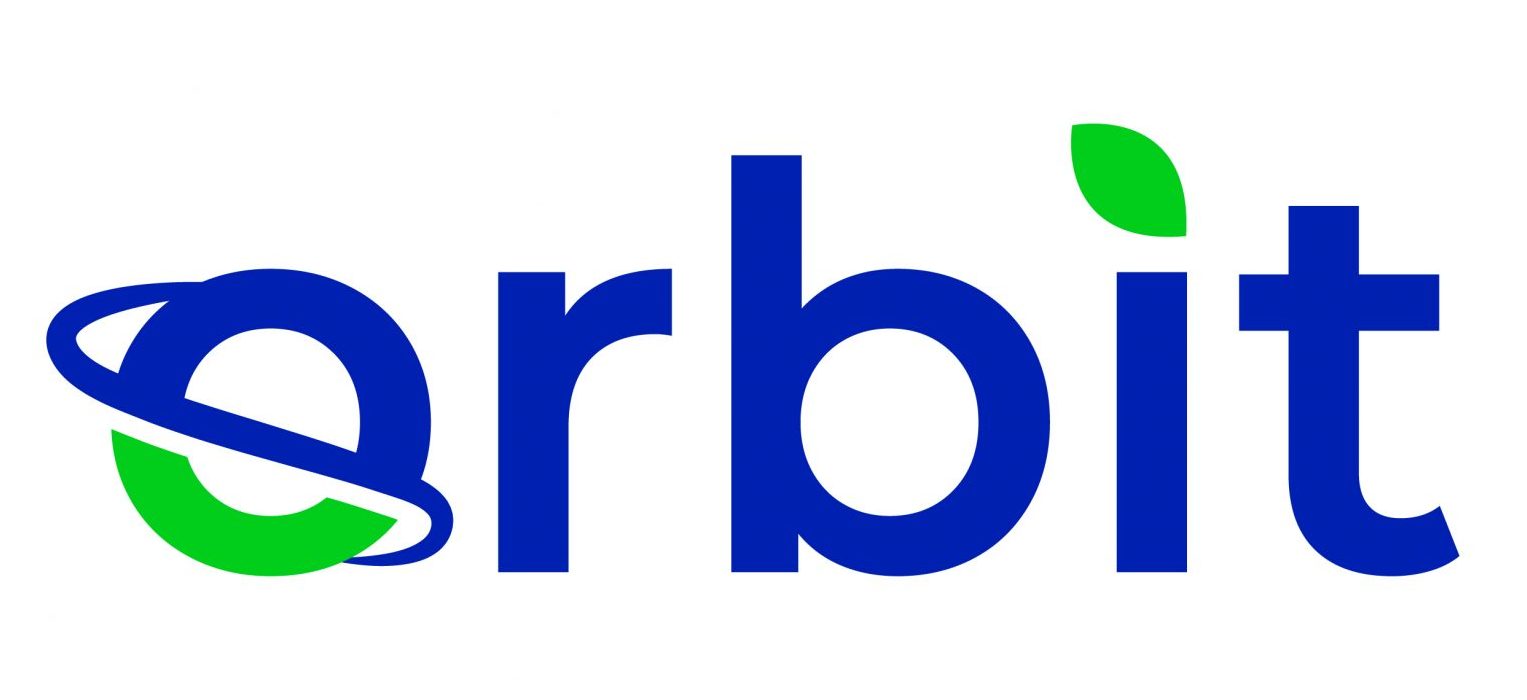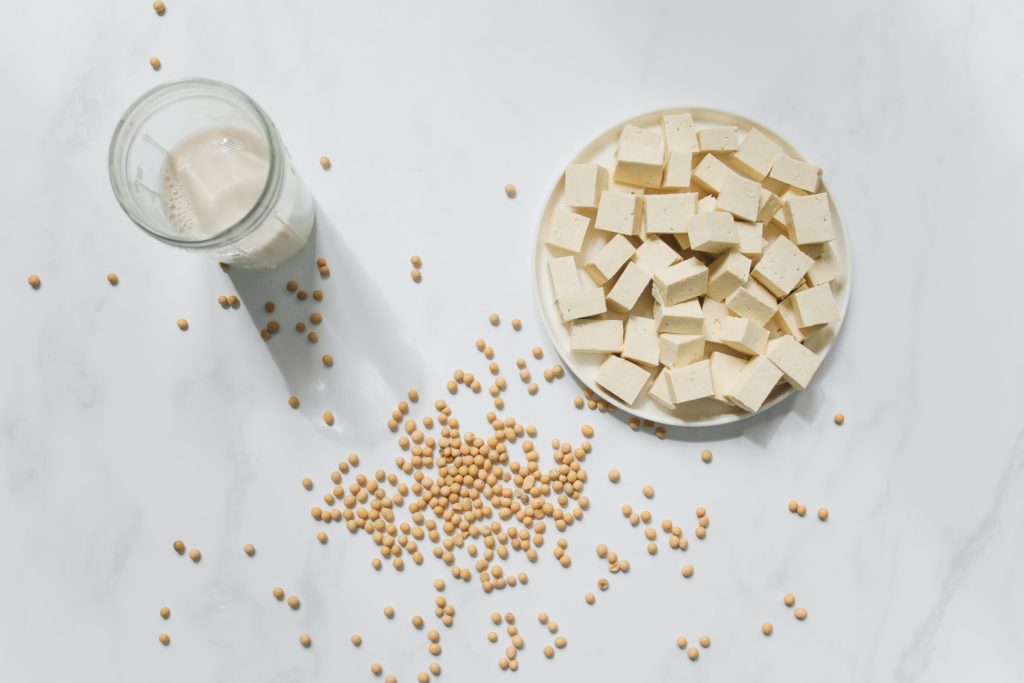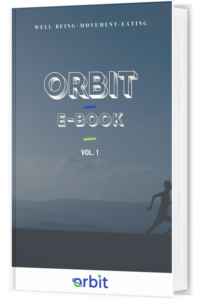Soy foods are those which come from soybeans, a protein-rich legume. Isoflavones are chemical compounds found in soy that have a similar structure to the hormone estrogen. The controversy around soy comes from misinformation about isoflavones causing some individuals to avoid it. However, studies have shown soy to cause either a beneficial or neutral impact. People should eat in a way that suits them but note that soy consumption is not harmful to human health.
What is Soy?
The soybean is a legume originating from East Asia. Soy-based foods include tofu, soy milk, tempeh, soy sauce, and meat alternatives. Many people consume soy on a regular basis, especially plant-based eaters. Soy is a high-quality source of protein because it contains all essential amino acids (4,8,9). This classifies soy as a complete protein making it beneficial to a vegetarian diet (4,8,9). Meat-eaters may also improve their health by adding soy to their diet. This is because soy is lower in saturated fat than meat. It also decreases cholesterol levels while providing high quality protein (2,4,7,8,9). Nonetheless, some people avoid soy due to its estrogen- like properties called isoflavones (9).
What are Phytoestrogens & Isoflavones?
Phytoestrogens are estrogen-like compounds found in fruits, vegetables, nuts, seeds, and legumes (2). Isoflavones are the class of phytoestrogens found in soybeans (2). Both estrogen and isoflavones are able to bind to estrogen receptors in the body and carry out estrogenic activity. However, isoflavones will behave to a weaker degree or even produce anti-estrogen effects (4,9). Isoflavones may prevent breast and prostate cancer, cardiovascular disease, osteoporosis, and menopausal symptoms (1,2,3,7,9,10).
Why Are People Afraid of Soy?
Some people have concerns about soy and choose to exclude it from their diets, often due to misinformation. They believe that isoflavones will increase the effects of estrogen because of their similar chemical structure. This would result in greater risk of breast or prostate cancer, hormonal issues in women, and feminizing effects in men (7,9). However, the slight variations in the chemical structure of isoflavones vs. estrogen make for their very different effects on the body (7).
Isoflavones behave differently from estrogen and sometimes counteract estrogenic activity (9). People may believe otherwise because of certain articles or headlines that claim this. Articles suggesting that soy causes hormone-related issues cite studies performed on rodents. In these studies, they feed the rodents massive amounts of soy that a human would not consume.
Additionally, humans metabolize isoflavones in a different way than rodents. Studies of isoflavone consumption in humans yielded very different results to the ones with rodents (4,5,7).
Soy Consumption in Asia
Asian populations tend to have a higher consumption of soy than Western societies. In Asia, people consume around 15-50 mg of isoflavones per day. Around 50 mg per day shows an impact on health. People in Western countries only consume an average of 2 mg of isoflavones per day (2,4). There are around 3.5 mg of isoflavones for every gram of soy protein (5). Over- processed foods such as soy-based meat alternatives contain fewer isoflavones. The higher soy consumption trend in Asia has made this region a point of study for the effects of eating soy.
Breast cancer rates are consistently lower in Asian countries than in North America (1,10). This is not due to genetic factors because when Asian people migrate to the U.S., their breast cancer rates rise. Therefore, the diet and lifestyle of Asian societies are likely the cause. Higher soy consumption may be the reason for lower breast cancer rates in Asia (3).
What Does Science Say About Soy?
The common misconception about soy is that it will act like estrogen in the body. This would lead to breast cancer, prostate cancer, the feminization of men, and hormonal issues for women. Only studies performed on rodents have shown these effects. Rodents metabolize soy unlike humans so it is not comparable. They also fed the rodents unrealistic amounts of soy in these studies. Studies done on humans have not shown normal soy consumption to cause this. Instead, this is what we know from human studies of isoflavone consumption.
Myths Debunked
Breast Cancer (9):
- Soy may contribute to a reduced risk of breast cancer in humans due to its anti-estrogen effects.
- High amounts of isoflavones increased breast cancer growth only in rodent studies.
- Observational studies have shown beneficial or neutral effects of soy on breast cancer.
- Consumption of soy starting at an earlier age may lead to increased benefits (3).
- A study following 73,223 Chinese women for over seven years compared high to low intakes of soy during adolescence and adulthood. They found that there was a:
- 22% lower risk of breast cancer risk for people who consumed the highest amount of soy during adulthood.
- 47% decreased risk of premenopausal breast cancer for people who consumed the highest amount of soy during adolescence and adulthood.
Prostate Cancer (4, 6, 7):
- Soy consumption can lead to a reduced risk of prostate cancer.
Feminizing Effects in Men:
- Soy isoflavones will not lower testosterone levels or increase estrogen levels in men (5).
- Isoflavone consumption does not lower sperm count (7).
- Only studies performed on rodents showed erectile dysfunction due to soy consumption (5).
- Normal consumption of soy will not cause breast tissue growth (6).
- There are two main estrogen receptors:
- Estrogen receptor alpha (breast and reproductive organs)
- Estrogen receptor beta (bones)
- Breast tissue growth occurs when estrogen binds to the alpha receptor.
- Isoflavones bind to estrogen receptor beta in most cases.
- They would only bind to alpha receptors if you consumed 30 cups of soybeans per day.
- There are two main estrogen receptors:
Hormonal issues in Women:
- Isoflavones may have either weak estrogen or anti-estrogen effects depending on ones existing estrogen levels (9).
- These impacts will be either beneficial or neutral
- Soy consumption is associated with reduced menopausal symptoms, particularly hot flashes (4).
- Some evidence shows that isoflavone intake may aid fertility (4).
Additional Impacts of Soy Consumption:
- Isoflavones have shown an antidepressant effect in some studies (4).
- Isoflavones have anti-inflammatory and anti-oxidative properties (11).
- Soy may be effective in reducing blood pressure however further evidence is needed (4).
- Consumption of soy foods may reduce the risk of cardiovascular disease (9).
- It is unclear if the isoflavone content of soy protects against cardiovascular disease.
- Reducing animal protein as a result of eating more soy plays a role in these effects
- Soy-foods contribute to better bone health and may protect against osteoporosis (4).
- This is because soy is a quality protein and calcium source.
- Some research suggests isoflavones play a role in bone health.
Soy Nutritional Value
The nutritional content for 1 cup of boiled soybeans (8):
- Calories: 298
- Protein: 28.6 g
- Carbohydrates: 17.1 g
- Fibre: 10.3 g
- Fat: 15.4 g
Soybeans also contain calcium, iron, zinc, copper, magnesium, and B-vitamins.
Conclusion
Soy foods are low in saturated fat and an excellent source of high-quality protein, calcium, and iron. Consumption of soy is controversial due to the misunderstood effects of isoflavones. Despite concerns about soy having negative effects, studies have shown quite the opposite. Including soy in your diet may reduce the risk of breast cancer, prostate cancer, cardiovascular disease, menopausal symptoms, and osteoporosis. Additionally, there is no evidence that soy consumption will cause the feminization of men. At the end of the day, eating what works for you is the best decision but there is little reason to avoid soy.
About the Author
Shira Charach is from Vancouver, BC. She is a Kinesiology student at McGill University. Her interests include nutrition, fitness, and wellness! You can follow her on Instagram.
References:
- Azim, H. A., & Ibrahim, A. S. (2014). Breast cancer in Egypt, China and Chinese: Statistics and beyond. Journal of Thoracic Disease, 6(7), 864–866. https://doi.org/10.3978/j.issn.2072-1439.2014.06.38
- Desmawati, D., & Sulastri, D. (2019). Phytoestrogens and Their Health Effect. Open Access Macedonian Journal of Medical Sciences, 7(3), 495–499. doi: 10.3889/oamjms.2019.086
- Jancin, B. (2005). Childhood Soy Intake May Reduce Future Breast Cancer Risk. Family Practice News.
- Messina, M. (2016, November 24). Soy and Health Update: Evaluation of the Clinical and Epidemiologic Literature. Nutrients. https://www.ncbi.nlm.nih.gov/pmc/articles/PMC5188409/
- Messina, M., Ph. D. (2010). Soybean isoflavone exposure does not have feminizing effects on men: A critical examination of the clinical evidence. Fertility and Sterility, 93(7), 2095–2104. https://doi.org/10.1016/j.fertnstert.2010.03.002
- Sewell-Green, A. (2018). Soy and Hormones: Debunking Myths. Newtown Nutrition. https://newtownnutrition.com.au/soy-hormones-myths/.
- Soy and Men’s Health – https://ussec.org/wp-content/uploads/2015/10/SOY13_7_Soy-and-Mens-Health.pdf
- Soy Nutritional Content – U.S. Soybean Export Council. https://ussec.org/resources/ nutritional-content-of-soy/
- Straight Talk About Soy. The Nutrition Source. (2019). https:/ www.hsph.harvard.edu/nutritionsource/soy/.
- Yamamoto, S., Sobue, T., Kobayashi, M., Sasaki, S., & Tsugane, S. (2003). Soy, Isoflavones, and Breast Cancer Risk in Japan. OUP Academic. https://doi.org/ 10.1093/jnci/95.12.906.
- Yu, J., Bi, X., Yu, B., & Chen, D. (2016). Isoflavones: Anti-Inflammatory Benefit and Possible Caveats. Nutrientshttps://www.ncbi.nlm.nih.gov/pmc/articles/PMC4924202/. https://doi: 10.3390/nu8060361.





